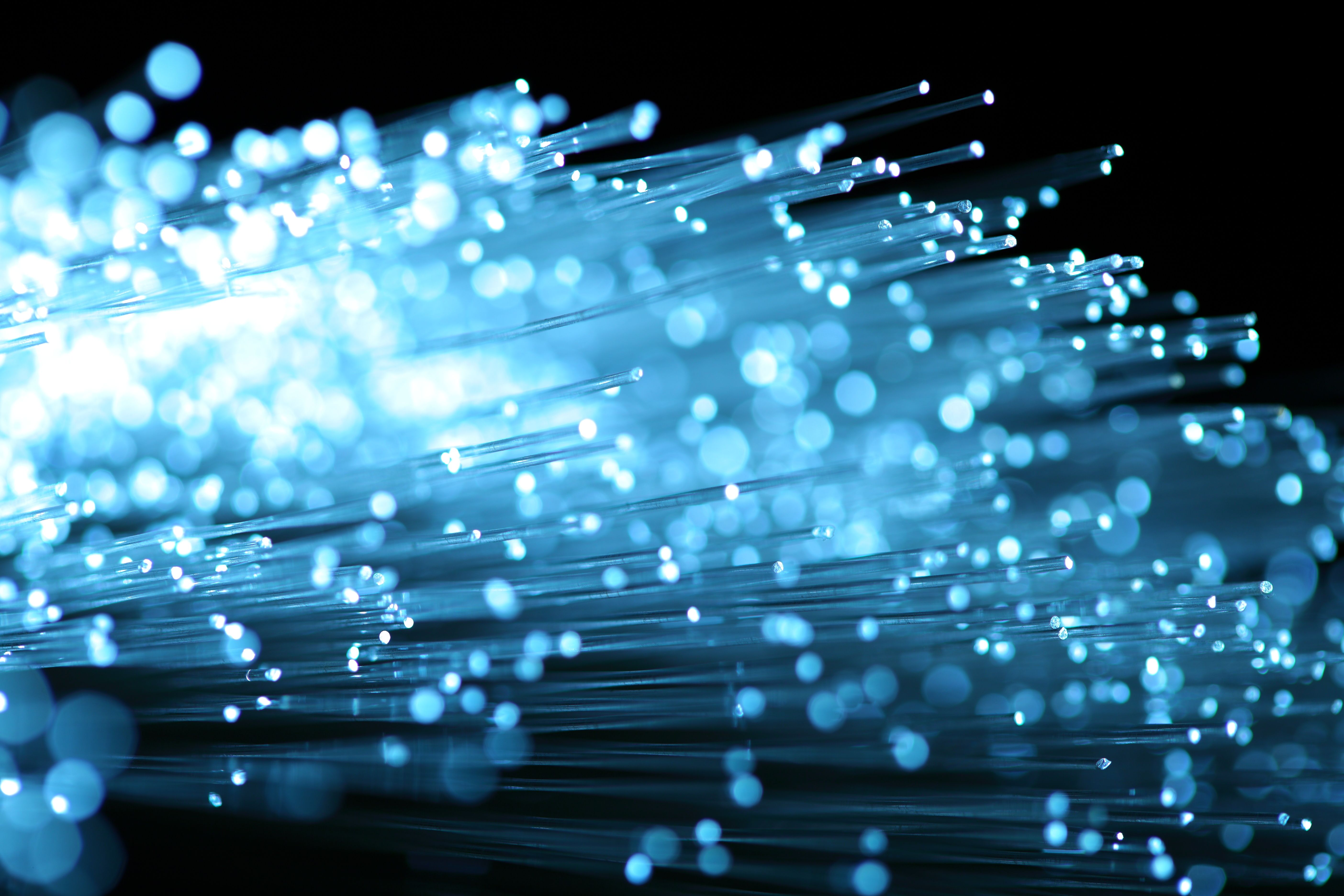Capturing Plasma Emission in LIBS Spectroscopy: Comparison of Light Collection Approaches
New research compares light capturing approaches in LIBS for multichannel spectrometers, highlighting the challenges of shot-to-shot variations in plasma morphology and their effect on calibration-free LIBS.
Researchers at the Instituto de Investigación Sanitaria Valdecilla (IDIVAL) in Santander, Spain, have conducted an experimental study on the performance of different light capturing approaches for laser-induced breakdown spectroscopy (LIBS) in multichannel spectrometers. The study, published in Spectrochimica Acta Part B: Atomic Spectroscopy, aimed to assess the effectiveness of various collection optics in terms of capturing efficiency and channel-to-channel variations due to changes in plasma morphology (1). The study found that capturing plasma emission in LIBS spectroscopy is challenging due to the significant shot-to-shot variations of the plume inhomogeneities, position, and morphology. The researchers tested 12 configurations of collection optics, including optical fibers and Köhler optics, and found that even with the best spatial homogenization, a non-negligible variation of the light splitting in each laser shot was still present. This could compromise any further quantitative analysis involving emission lines in different channels, such as calibration-free LIBS.
abstract view of fiber optics | Image Credit: © nikkytok - stock.adobe.com

LIBS is a technique that requires the spectroscopic analysis of the light emitted by a laser-induced plasma plume to determine the composition of a sample at the atomic level. However, the significant shot-to-shot variations of the plume position, morphology, and spatial inhomogeneities of electronic temperature and density present a challenge for capturing the optical emission of the plasma. The study aimed to reduce chromatic aberrations and minimize shot-to-shot variations by spatially integrating the light emitted by the plume. The researchers found that the different approaches to capturing the plasma light emission affected overall capturing efficiency and channel-to-channel variations due to changes in plasma morphology. They concluded that capturing plasma emission in LIBS spectroscopy remains challenging, even with the best spatial homogenization.
The results of this study will help researchers to better understand the limitations of different light capturing approaches for LIBS spectroscopy and to develop improved techniques for capturing plasma emission. As LIBS becomes an increasingly important tool in various fields, including material science, environmental monitoring, and biomedical applications, it is crucial to develop more accurate and reliable methods for capturing plasma emission in multichannel spectrometers.
Reference
(1) Cobo, A; et al. Comparison of light capturing approaches in Laser-Induced Breakdown Spectroscopy (LIBS) for multichannel spectrometers. Spectrochim. Acta. Part B At. Spectrosc. 2023, 201, 106617.
Laser Ablation Molecular Isotopic Spectrometry: A New Dimension of LIBS
July 5th 2012Part of a new podcast series presented in collaboration with the Federation of Analytical Chemistry and Spectroscopy Societies (FACSS), in connection with SciX 2012 — the Great Scientific Exchange, the North American conference (39th Annual) of FACSS.
New Multi-Spectroscopic System Enhances Cultural Heritage Analysis
April 2nd 2025A new study published in Talanta introduces SYSPECTRAL, a portable multi-spectroscopic system that can conduct non-invasive, in situ chemical analysis of cultural heritage materials by integrating LIBS, LIF, Raman, and reflectance spectroscopy into a single compact device.